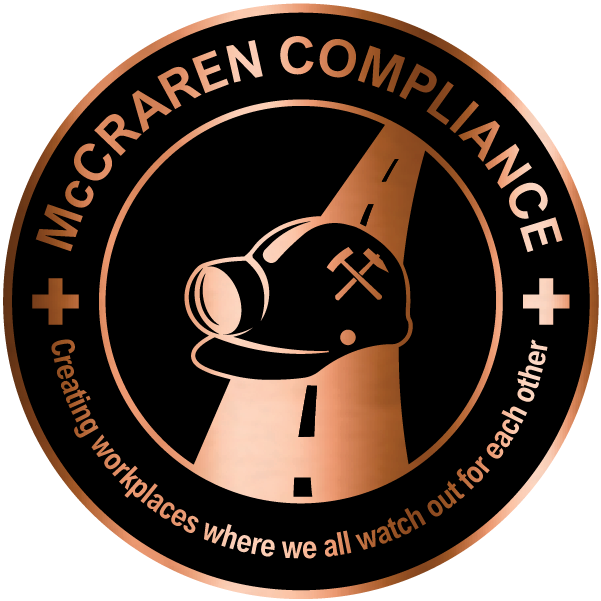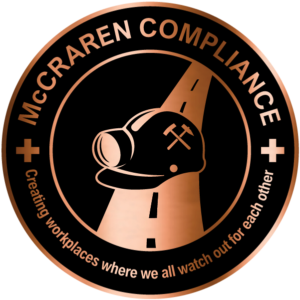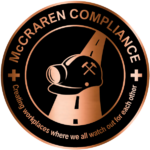Programs from 6 agencies include new, updated options for assessment, correction
WASHINGTON – The U.S. Department of Labor today announced several programs designed to help employers, unions, and pension plans voluntarily assess and improve their compliance with federal labor laws.
The self-audit programs, which include new and updated offerings, aim to enhance worker protections while reducing the likelihood of formal investigation or litigation.
“Self-audits are one of the most effective ways to build a culture of compliance and trust,” said Deputy Secretary of Labor Keith Sonderling. “These programs are designed to give employers, unions, and benefit plan officials the tools they need to correct potential violations proactively. By empowering the regulated community with clarity and collaboration, we are continuing to fulfill the Department of Labor’s mission to put both workers and employers first.”
The following agencies offer self-audit programs:
- Employee Benefits Security Administration: EBSA offers two key self-correction programs for fiduciaries and benefits plan administrators: the Voluntary Fiduciary Correction Program, which encourages employers and plan officials to voluntarily correct violations of the Employee Retirement Income Security Act, and the Delinquent Filer Voluntary Compliance Program, which encourages voluntary compliance with ERISA’s annual reporting requirements and offers incentives to late filers, including paying lower penalties.
- Mine Safety and Health Administration: MSHA’s new Compliance Assistance in Safety and Health program features resources available to mining operations via an information hub on the MSHA.gov website. This hub provides links to a variety of safety and health topics to assist mining operations and provides direct contact to safety and health specialists to address their needs related to compliance assistance.
- Occupational Safety and Health Administration: OSHA is expanding its Voluntary Protection Programs to meet businesses where they are on their safety journey to help develop strong safety programs and lower injury rates, allowing them to undergo regular self-evaluations and avoid routine inspections. OSHA is increasing its efforts to support voluntary compliance through its On-Site Consultation Program, which offers no-cost and confidential safety and health services to small and medium-sized businesses.
- Office of Labor-Management Standards: OLMS administers the Voluntary Compliance Partnership program to help unions assess their compliance with the Labor-Management Reporting and Disclosure Act. The program focuses on key areas such as reporting and disclosure requirements, as well as financial integrity.
- Veterans’ Employment and Training Service: VETS has launched a new program, SALUTE: Support and Assistance for Leaders in USERRA Training and Employment, to help employers proactively review their policies and practices under the Uniformed Services Employment and Reemployment Rights Act. The program aims to foster good-faith compliance and ensure the employment rights of service members are respected.
- Wage and Hour Division: The Wage and Hour Division is restarting the Payroll Audit Independent Determination program to enable employers to self-identify and resolve minimum wage, overtime, and leave violations under the Fair Labor Standards Act and Family and Medical Leave Act.
Visitors can access resources, toolkits, and program-specific guidance at dol.gov/SelfAudit.
McCraren Compliance offers a full range of safety and health training and consulting services. Plus we can help you incorporate well-being into your traditional systems in order to support the Total Worker Health of your workforce.
Call 888-758-4757, email info@mccrarencompliance.com or visit our website www.mccrarencompliance.com
Original article published by OSHA


